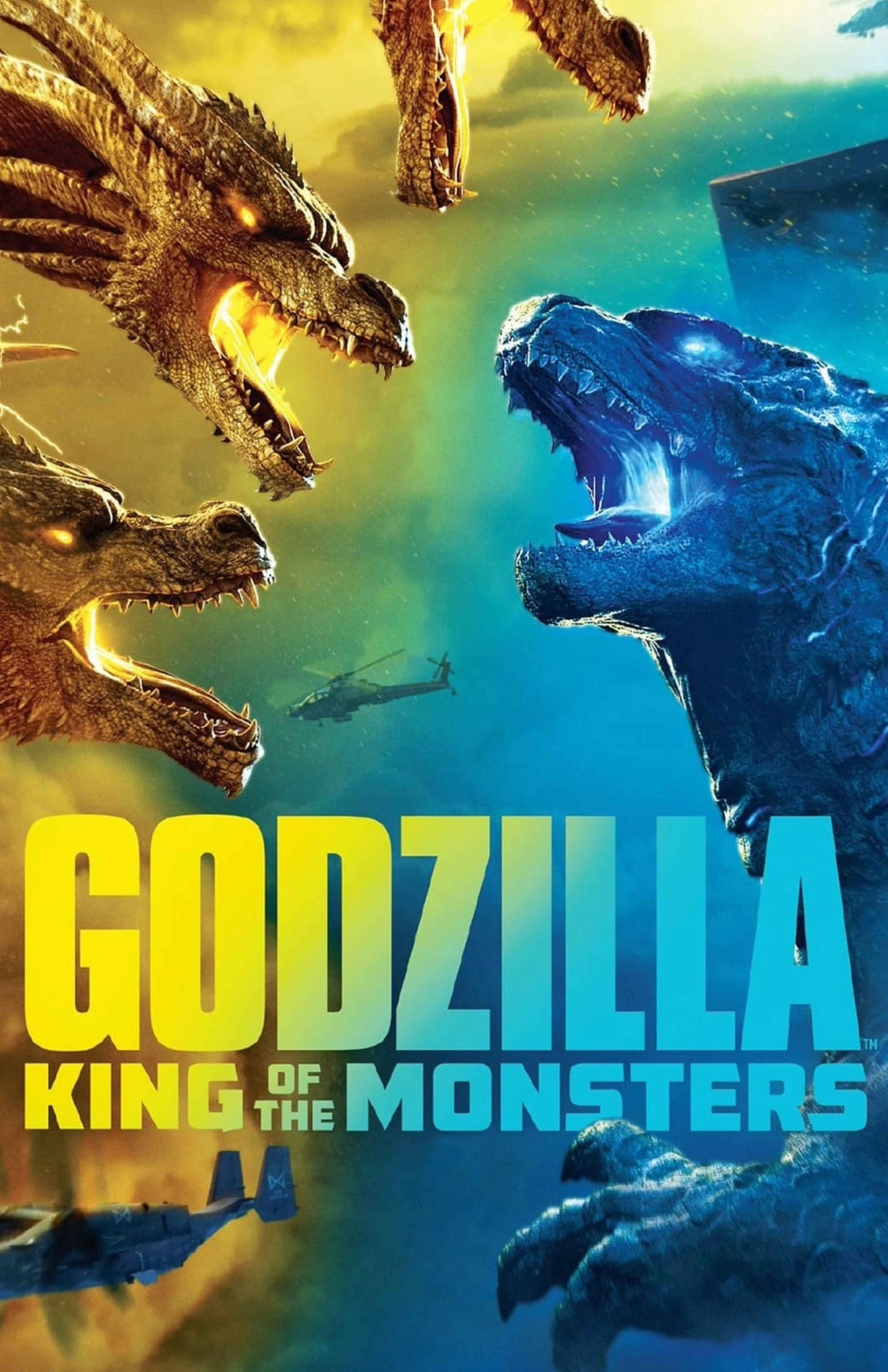Godzilla: King of the Monsters (2019) Movie Review
Synopsis:
Godzilla, the ancient alpha predator, must contend with his ultimate nemesis, King Ghidorah. Meanwhile, the scientific research group Monarch gets caught between the two titans. Other monsters also arise, including the fiery Rodan and the angelic Mothra.
Review:
For brief context, Godzilla: King of the Monsters is the direct sequel to Gareth Edwards’s 2014 film.
King of the Monsters contains the same intense monster action fans should expect.
Directed by Michael Dougherty, King of the Monsters’ action sequences are well-shot. Plus, they contain an even wider array of monsters this time around.
Take Godzilla’s encounters with King Ghidorah as examples. Using wide shots, Dougherty manages to capture the scale of these two titans well.
Their first encounter is brief, soon leading to their final confrontation in Boston.
As a whole, this action sequence is well-paced. It soon becomes monotonous.
This is due to the sheer amount of CGI, explosions, and loud noises that populate the screen.
There is one action sequence, though, that avoids this problem. This is the US military’s first encounter with the fiery pterodactyl, Rodan.
As Rodan lays waste to an entire city, the US military sends fighter jets in an attempt to stop him. Their attempts are futile, as Rodan destroys each one with ease.
Accompanied by the film’s striking visuals, it is by far the most intense action sequence.
It is also brought to life through composer Bear McCreary’s intense original score.
McCreary uses intense drums to highlight the severity and futility of the situation. He also uses unique scores for each monster throughout the film.
These include the ominous chants for Ghidorah, drums for Rodan, and flutes for Mothra. McCreary also includes an orchestral theme for Godzilla.
Each one gives the monsters a personality, which is a quality most of the film’s human characters lack.
This film's monster action, visuals, and soundtrack are its highlights.
Despite these positives, the film has difficulty telling an interesting story.
As with most films today, King of the Monsters has a plot device. This film’s plot device is the ORCA.
All the viewer knows about it is that Dr Emma Russell (Vera Farmiga) designed it.
Other than exposition, audiences are not given a definitive reason for its existence. Its purpose is soon revealed when Emma uses it to calm Mothra.
Also, it is a convenient plot device to control the behaviors of other monsters.
To put it in simple terms, it gets used whenever the plot needs it to be. This is evident with Vera Farmiga’s Emma Russell.
As an example, her character makes questionable decisions throughout the film.
One of these even includes releasing King Ghidorah, a creature she knows little about.
This film also sneaks in an environmental message about human overpopulation.
It also has a message about the effects of war. As a whole, it is a pointless message that wasn’t necessary.
There is also melodrama in the film. This involves Emma Russell and her daughter, Madison Russell (Millie Bobby Brown).
Aside from these scenes, Millie Bobby Brown’s Madison is a plot device.
She sneaks out of a military base (with little to no military personnel). She can also survive Ghidorah’s lightning blasts.
Other than being a plot device, she contributes little else to the proceedings.
Her father, Mark Russell (Kyle Chandler), is one of the film’s more competent characters.
Despite being generic, Kyle Chandler’s performance is above average. Mark is also able to make reasonable decisions.
This is the complete opposite of Vera Farmiga’s Emma, who makes one foolish decision after the other.
Emma's forced to make these decisions, though, by Charles Dance’s Alan Jonah. For context, his character is the film’s human antagonist.
His characters’ ruthless nature is on display during the film’s opening. Despite this, Dance has little else to do.
Also, his lack of screen time doesn’t do his character many favors either.
Returning to the franchise is Ken Watanabe’s Dr Ishiro Serizawa. Ken Watanabe gives a competent performance as Serizawa, as expected.
Despite the actor’s performance, Serizawa does not have much more development in this film.
Serizawa’s sacrifice at the end of the film, though, does provide the character with a little more depth.
Conclusion:
Godzilla: King of the Monsters is entertaining when it focuses on its action sequences and visuals.
One of the instances where the visuals are not as consistent is in the film’s final act.
It soon becomes a mess of CGI noise, becoming more distracting as it goes on.
Despite this, Bear McCreary’s score complements the action. As a result, he gives each one more intensity.
This is also complemented by his use of instruments for each monster. With each one, he gives the monsters a distinct personality.
Although these elements often work, the film’s human characters are not as good. Either they make incompetent decisions or are plot devices.
Also, the film’s use of Charles Dance’s talents, as a whole, may be disappointing to fans of his.
As a whole, King of the Monsters is an above-average watch for Godzilla fans looking for monster action.
Sam’s Action Reaction score:
Characters - 5/10
Story - 5/10
Action - 7.5/10
CGI and visuals - 8/10
Soundtrack - 8/10
Overall score: 6.7 out of 10

